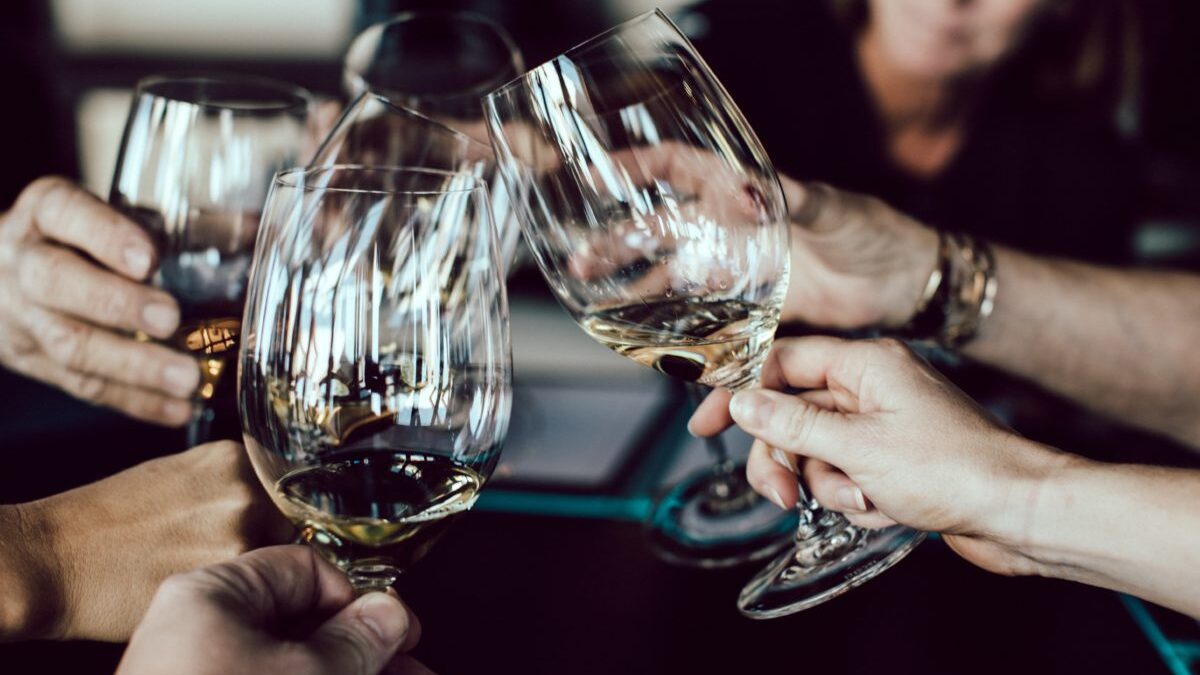During a recent work trip to Bordeaux, as I bit into a slice of cheese and sipped on the five tasting glasses of wine in front of me, I felt a lot of things. Most surprising, though, was the anxiety that was bubbling up in me like the sparkling wine I had just tried.
I was with a group of journalists and we were being challenged to identify tasting notes in the cheese and select the wine that it paired with best. And while there’s no better place than Bordeaux to be doing this, my pairing expertise is more “whatever is in the bottle paired with whatever is on sale in the cheese aisle.”
As I bit in to my slice of cheese, I tried to conjure what it tasted like to me. I got nervous as the rest of the room said things like “dried fruit,” “lavender,” and “a light grass.” When it came to my turn, I was honest: “What else can I say other than this tastes like cheese?”
I was hoping that would suffice but was asked to try again. Was there a texture, flavor note or something I could identify?
I had thought of something but didn’t think it was going to be the right answer. “It tastes like if the powder that comes in Kraft Macaroni & Cheese was made into a real cheese; one that’s soft and almost buttery.” The room nodded, and a wave of relief washed over me. A bit more confident, I said it paired best with the sparkling wine. With my anxiety quelled, the bubbles now complemented the softness of the cheese.
Being on the Food + Beverage team at Padilla, tastings like these are common, and it’s important to build a vocabulary of smells and tastes to communicate correctly with those in the wine industry. But what I learned in Bordeaux is that there’s no formula for coming up with tasting notes. If it tastes like something to you, that is what it tastes like. For those (myself included) who get hung up on using the right terms, it matters more to have the confidence to just say what’s on your mind. Any good sommelier or wine educator will say the same thing too.
However, being among a group of trained wine journalists, it was easy to keep my thoughts to myself as they sipped and commented on the smell and taste. The beauty of wine, though, is that it’s more than tasting the earth, citrus, flowers, etc. As one woman in our group said, “wine is poetry.”
So, as I tasted a Sauvignon Blanc and Semillon blend, it hit me. “This tastes like camping in the summer.” And it did – it reminded me of when you wake up early and smell the dew on the grass as the sun is starting to warm the earth. After struggling to name tasting notes other than grapes and alcohol (go figure), I was happy to have found something to describe the heaven I was tasting in a glass.
Having the words to describe wine is necessary in the industry. Sometimes those words might be describing the intense oak aroma or the unparalleled joy you get from sharing a bottle with loved ones. Wine connoisseurs and everyday consumers both have something to learn from one another, and as long as both remember that wine is meant to bring people together, then the rest of wine knowledge is secondary.
For more insights on communication and brand strategy, industry trends and more, subscribe today to the Weekly Buzz here.
